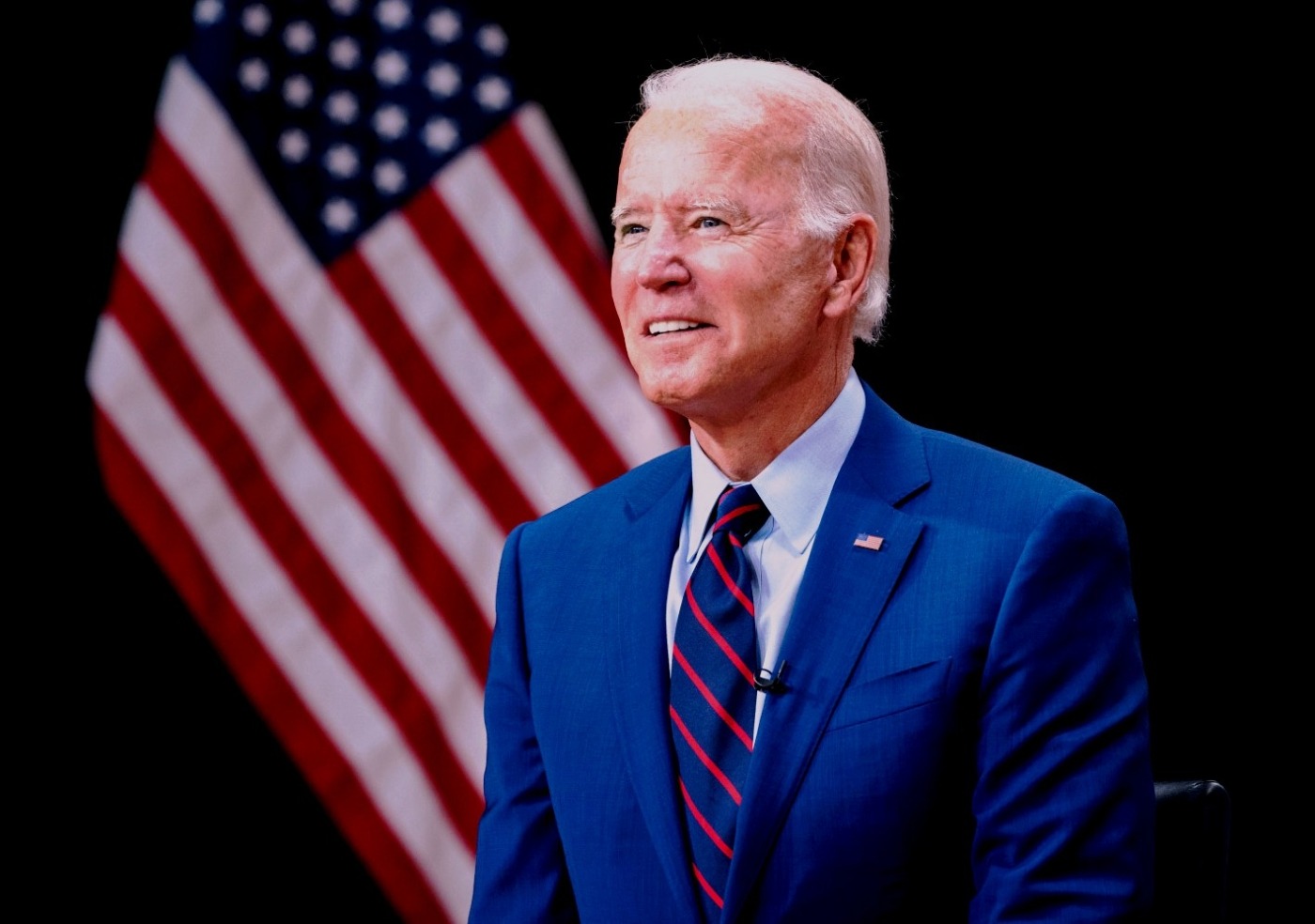Biden’s funding for Space Force
One of the more surreal aspects of the Trump presidency was the creation of the Space Force. This sixth military service, operating under the auspices of the Air Force and focusing on warfare in space, was frequently touted by President Trump as one of his signature achievements on the national defence front. It was believed that President Joe Biden, who has been quick to roll back every aspect of his predecessor’s tenure, would put the stoppers on Space Force. However, the opposite is true – Biden is leaving Space Force intact and actually expanding it, despite warnings of delays in space acquisitions.
President Trump announced that “American superiority in space is absolutely vital” as he signed the $738 billion annual US budget in 2019. Last year, the budget for Space Force was around $15 billion, and Biden’s 2022 budget proposal asks for $17.4 billion for the military branch, an increase of 13%. It also increases the number of Space Force Guardians, or those who work in the service, from 6,434 in the fiscal year 2021 to 8,400 in the fiscal year 2022, a rise of around 31%. The Space Force budget represents just 2.4% of the Department of Defence’s proposed budget. Still, the fact that more money is being directed to military space capabilities indicates a growing priority area.
This news is exciting as defence spending, to quote former Acting Undersecretary of Defence Comptroller Elaine McCusker, “is not a Biden administration priority”. Speaking on a panel hosted by the American Enterprise Institute, Ms McCusker noted: “Defence was the only federal function not even to keep pace with inflation. While domestic agencies went up by 16%, including a 41% increase for the Department of Education, also of note, the only federal agency to take a cut, at 10%, was the Corps of Engineers.” When the Biden budget summary was released, ignoring money for Space Force and reference to the importance of cybersecurity, it mentioned no actual military capabilities.
Indeed, Biden’s spending proposes slight strength cuts to all other services. Around 5,400 personnel are to be cut from the US military, combining small cuts to the Army, Navy, Air Force and Marine Corps. According to the Pentagon, these troops are being cut because of divestment from outdated weapons and vehicles. Still, it’s hoped that the cuts will enable advanced systems and capabilities, such as cyber, electronic warfare. The budget documents state that such revisions are necessary to enable the US military to keep up with skilled potential adversaries, most notably China.
The budget will need to be approved by Congress, but that’s unlikely to be a problem. Mike Rogers, the ranking member on the House Armed Services Committee, said that the agency “has unanimous support in the House Armed Services Committee and overwhelming support in the Senate Armed Services Committee. As long as it’s got congressional support, we’re going to be fine”. Some of the agency’s activities will also be declassified to boost political and public support for Space Force.
However, questions have been raised about this funding boost. The Government Accountability Office (GAO) reported to Congress in May that there have been several longstanding issues with delays and over-budgeting regarding space equipment acquisitions. In one case, the cost of a Space-Based Infrared System grew 260% from its estimated price tag, and the launch of its first satellite was delayed by nine years. The GAO report warned that it would be necessary to tackle efficiency issues moving forward: “While the Space Force offers an important opportunity to streamline lines of authority, accountability, and decision-making to avoid duplication of effort, many details will require careful consideration.”
Space is looking to be an increasingly important area of power in the future, and the number of countries investing in space has diversified. The big five countries accounted for 93% of total global space spending 20 years ago, but that number has decreased to 81% today. The US is still the largest spender – its space budget totalled $48 billion in 2020 – but space budgets are increasing in China, France and Russia, among other countries.
Joel Mozer, the chief scientist of the Space Operation Command, noted that the agency’s value could extend long beyond a hypothetical 2040 time horizon. At a panel discussion, he said: “Over the next 20 years, there’s potentially a bigger strategic purpose for the Space Force, perhaps to support all elements of national power, not just the military. If we believe the predictions that there will be lots of activity, the diplomatic and economic elements of national power will be just as important as the military.” As space becomes more contested and the space economy grows, Space Force will become a key player – budget investments now could be vital for the US in the future.

Comments